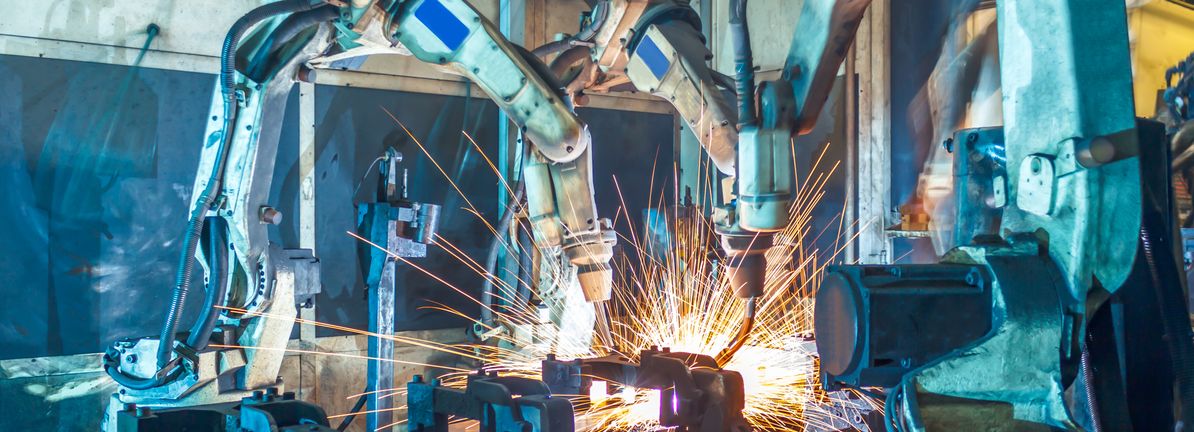Chugai Ro (TSE:1964) delivered another strong result, with EPS rising at an annualized rate of 42.5% over the past five years and surging 79.6% in the latest twelve months. Net profit margins improved to 9.7% from 6.3% last year, helped by a one-off gain of ¥1.9 billion during the period. Investors should note this exceptional item when considering the sustainability of recent profit momentum.
See our full analysis for Chugai Ro.
Next, we will see how these headline numbers compare to the widely held community narratives, and which talking points stand up to scrutiny after this latest earnings report.
Curious how numbers become stories that shape markets? Explore Community Narratives
-
The latest net profit margin came in at 9.7%, noticeably above last year’s 6.3%, with a ¥1.9 billion one-off gain driving most of this jump. This suggests core profitability may not be as strong as it first appears.
-
Recent performance highlights how non-recurring items can distort headline results. The one-off gain heavily supports optimism around operational improvement, yet
-
reminds investors that exceptional items like this contribute to the positive margin snapshot and may not recur in future periods.
-
puts the spotlight on investors to separate truly sustainable efficiency from temporary boosts when evaluating the company’s underlying health.
-
-
Chugai Ro’s price-to-earnings ratio stands at 9.6x, which is more attractive than the industry average of 13.3x and the peer average of 10.9x. This suggests the stock trades at a discount versus comparable companies in the sector.
-
The lower multiple enhances the value case, as a PE below sector averages
-
aligns with interest in profit growth but may also reflect market skepticism about how much of that growth is repeatable after adjusting for the large one-off gain in profits.
-
creates a natural tension between value investors who may see a compelling entry point and more cautious market participants who may hold back until more sustainable operating performance becomes clear.
-
-
Risks have surfaced around the sustainability of future dividends, since the recent boost in profits comes largely from a ¥1.9 billion exceptional gain that will not recur every year.
-
Conversations about dividend reliability are intensifying, as investors weigh whether one-off gains are being used to underpin payouts
-
with dividend strength appearing less durable if not tied to stable, ongoing cash generation.
-
and concerns growing that reliance on non-recurring profit increases can leave shareholders exposed if operating trends weaken.
-
